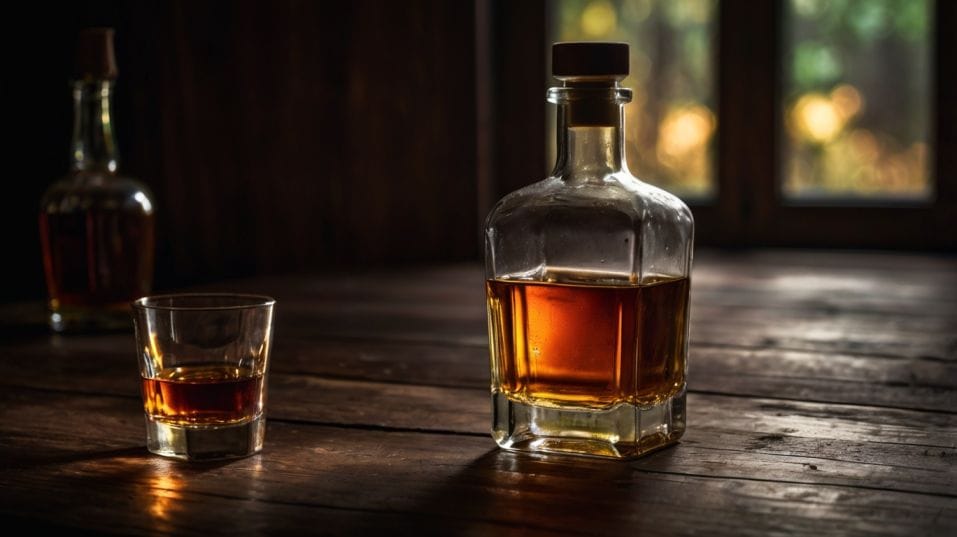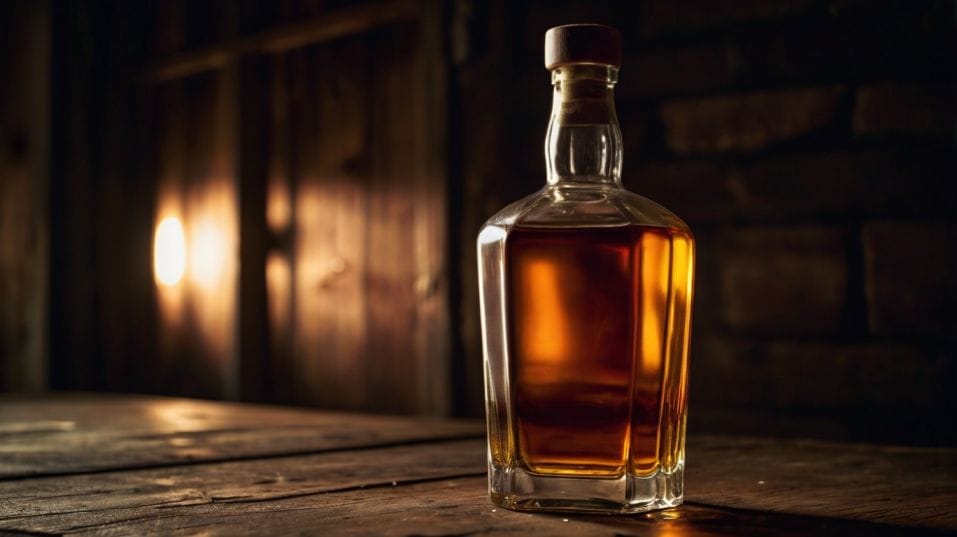Whiskey Buying Guide Under $50
Discover how to buy, taste, and collect whiskey under $50. Learn what matters, skip the hype, and build real confidence with every sip.

What if your first great whiskey didn’t need to cost a fortune? For under $50, you can drink smarter, not just cheaper.
This guide helps whiskey-curious newcomers skip the hype, trust their senses, and start building real taste—without chasing collector bottles or falling for marketing fluff.
You don’t need a vault to drink with confidence. Just a glass, a little curiosity, and the right kind of bottle.
The $50 Line: Why It Matters
There’s a reason whiskey pros talk about the sub-$50 category with real respect. It’s where distilleries prove what they’re capable of—without the smoke and mirrors of fancy marketing or rare barrel hype.
These bottles aren’t just cheaper; they’re sharper tests of quality. You’re looking for balance, flavor, and intention—without any of the price-padding frills.
Most importantly, this range forces you to taste smarter. You learn to detect nuance because you’re not distracted by age statements or unicorn-status labels.
You start building your palate from the ground up. That’s where real whiskey confidence begins.
Forget the Shelf Talkers—Train Your Palate
Those little cards hanging from liquor store shelves? Ignore them. Most are paid placement, not proof of quality. Instead, rely on your senses and your memory. When you find a bottle you like, don’t just drink it—analyze it. Ask yourself:

- Is it sweet, spicy, earthy, or dry?
- Where do the flavors hit—front of the tongue, mid-palate, back of the throat?
- Does it finish clean, hot, smoky, or sweet?
- What changes when you add a drop of water?
This isn’t about being snobby. It’s about becoming fluent in flavor. Under $50, you’ll find bottles that surprise you. Some will punch above their weight. Others will disappoint. That contrast is exactly what helps sharpen your taste.
The Stuff That Actually Matters on the Label
There’s a lot of noise on whiskey bottles. Ignore the scripted backstory and the made-up “small batch” romance. Here’s what’s worth paying attention to:
Proof
Higher proof (above 100) doesn’t always mean better—but it usually means more control. You can always add water. You can’t take it away.
Mash Bill
This is the recipe of grains. More corn? Expect sweetness and softness. More rye? Get ready for spice, bite, and structure. Wheat brings creaminess. Barley adds body and depth.
Distillery Info
Where it’s made matters. If it was sourced from a massive contract distiller, that doesn’t make it bad—but it means you should expect consistency, not character.
Age Statement
A bottle that proudly says “aged 4 years” is being honest. One that gives you vague phrases like “very old” is not.
Once you know what these terms mean, you can start spotting patterns. Maybe you like high-rye bourbons with a long finish. Maybe you hate anything below 90 proof. That’s how you evolve from guessing to selecting.
How to Taste Like You Mean It
Anyone can sip whiskey. Tasting is different. It’s slower. More deliberate. And it’s where you separate drinkers from collectors who actually know what they’re collecting.
Start neat, in a proper tasting glass. Something tulip-shaped, like a Glencairn or a small copita, focuses aroma. Smell it first.
Not a deep inhale—just a few short sniffs. You’re warming up your senses. Take a small sip and hold it for a moment. Let it coat your mouth.
Then, do it again—but this time, look for structure. Is the sweetness immediate or slow-building? Does the heat fade fast or linger with bitterness? What flavors rise in the second half of the sip?
Once you’ve got a sense of the whiskey on its own, add a drop or two of water. Stir lightly. The change in proof opens up aromatics and shifts the flavor balance. It’s a trick seasoned tasters use constantly—because it works.
Now try it over ice. Try it in a cocktail. You’re not just enjoying the whiskey. You’re understanding it. That makes you a better buyer and a sharper collector.
Build a Shelf, Not a Trophy Case
The goal isn’t to own expensive bottles. It’s to build a whiskey shelf that teaches you something.
Start with these core types:
- A classic bourbon that offers balance and structure.
- A high-rye bourbon with more punch and spice.
- A straight rye whiskey that showcases grip, herbal notes, and dryness.
- A light, approachable scotch or Irish whiskey that helps you notice subtler flavors.
- Something weird—a smoky scotch, a Japanese grain whiskey, or a bottle from a newer American distillery pushing boundaries.
Every bottle on your shelf should earn its place. Not just because it tastes good—but because it shows you something new about the world of whiskey.
Over time, this collection becomes your flavor map. It evolves with your palate. It reflects what you’ve learned and where you want to go next.
Technique Isn’t Optional
You don’t need a cellar, a whiskey journal, or a cigar to enjoy whiskey properly—but you do need a system. Here’s what makes a difference:
Glassware
Get a real tasting glass. Rocks glasses look good but dull aromas.
Water
Room-temp water and a dropper or straw let you fine-tune proof like a pro.
Clean Palate
Taste whiskey when your mouth is fresh. Avoid strong flavors beforehand.
Small Pours, Slow Sips
Give each whiskey time to unfold. Great bottles reveal themselves in layers.
Refining your technique doesn’t make you a snob. It makes each bottle more rewarding.
Final Thoughts
If you want to understand whiskey, start under $50. This is the proving ground. The place where quality fights without the armor of marketing.
You’ll learn what matters, what doesn’t, and what you actually like. Build your flavor sense. Taste on purpose. Collect for clarity, not clout.
Tonight, grab a bottle that costs less than your weekly gas bill. Pour it neat. Take your time. Then write down what you tasted—and why you’ll (or won’t) buy it again. That’s how real whiskey drinkers are made. Not by budget. By intent.




